We're sorry, but something went wrong
Please try reloading the page
We're sorry, but your browser is unable to play this video content.
If this continues please try upgrading your browser or contact us for assistance.
We're sorry, but this video is currently unavailable on mobile.
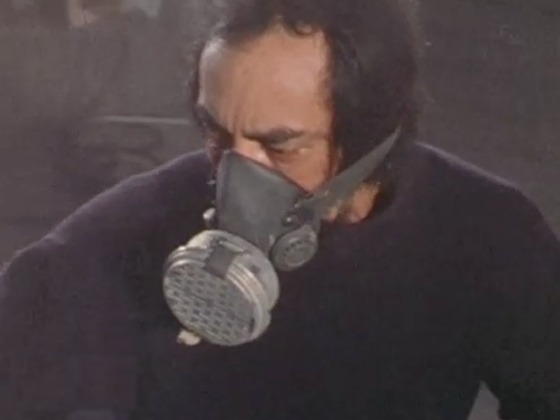
Part one of three from this full length documentary.
Part two of three from this full length documentary.
Part three of three from this full length documentary.
The credits from this documentary.
Part one of three from this full length documentary.
Part one of three from this full length documentary.
Part two of three from this full length documentary.
Part two of three from this full length documentary.
Part three of three from this full length documentary.
Part three of three from this full length documentary.
The credits from this documentary.
The credits from this documentary.
Ralph Hotere
Short Film (Full Length) – 1974
This title has two backgrounds:
Reflections from the director, 35 years on
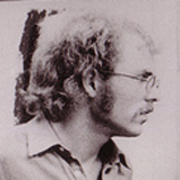
A perspective

Reflections from the director, 35 years on
By Sam Pillsbury 25/02/2013
When I made the doco I was trying to dramatise Ralph's slyness, and his integrity, as well as his core sensuality ... [it's captured in] the whole mussels thing Hone [Tuwhare] talks about. And there were two things about 'art' I wanted to express:
1. If the artist talks about it [the work], what's the point in making it. I don't want to be totalitarian about this but it's sort of true. It's the same with actors: the more they talk about it when they come to audition, the less impressive their performances tend to be. And Ralph was perfect for this; he told me something like: "you can do what you like, but I'm not saying a thing". So I wove a kind of guessing game around him 'doing' and others talking.
2. I always felt that you change art by photographing it. Of course, it is literally impossible to film or photograph anything without both diminishing it and interpreting it. So I chose to interpret it utterly, doing my own interpretation of his painting, and to only show the work either in subjective interpretation (drifting close-ups and so on), OR with a person standing in front of it, making it clear that it's seen through that person's eyes.
A perspective

By Ian Wedde 25/02/2013
Sam Pillsbury's 1974 documentary about Ralph Hotere's Hamilton Founders Theatre mural opens with a shot of the artist intently surveying the foyer and then sauntering towards an apprehensive group of men, one of whom is wearing a shirt and tie, shorts, and long socks. This is only one of several period fashion vignettes in the film — the poet Bill Manhire's luxuriant sideburns also deserve a credit — but its record of 1970s fashion isn't why the documentary should be called a classic.
Edited as well as directed by Pillsbury, the film cuts together footage of the official Hamilton opening in August 1973, of the artist at work on the painted panels, interviews with art historians, art dealers, and others involved in various ways with Hotere's art, as well as scenes of the artist collecting mussels, playing chess, and messing about with new-fangled equipment at Rank Xerox.
Pillsbury's editing strategy packs a variety of times, places, narratives, poems, and images — as well as the composer Jack Body's electronic score — around the central event of the opening, with the result that the austerely simple mural, which we never see in its entirety, is installed by the film in a richly textured context. In a sense, the context established by the film becomes the mural's content. This context takes the place of the commentary that Hotere has always refused to add to his own work.
The art becomes a place of silent equilibrium in the midst of turbulent events, emotions, and politics. In the film, the taciturn artist speaks only once, and then not directly to camera, to express his feelings about the foyer floor design ("incredibly ugly"); it was painted over at his request.
The collaged edit also allowed Pillsbury to insert a few sly comments of his own. For example, when gallery director Campbell Smith is officiating at the opening of the mural, Hotere can be seen in the background with his (then) wife, the poet Cilla McQueen. However, at what appears to be a separate brass-band opening occasion on Founders Day, presided over by M.J. Minogue the mayor of Hamilton, Hotere is shown somewhere else, absorbed in playing a game of chess with the writer Ted Middleton. The implication is that Hotere chose to participate in the celebration shared by artists, poets and friends, but declined to attend a civic function to honour the city's Pākehā 'founding fathers' on August 24th — the date in 1864 when Captain William Steele came ashore from the gunboat Rangiriri on the Waikato river, and established a redoubt near what is now known as Memorial Park.
Among those who make cameo appearances in the film are Barry Lett (great leather jacket and moustache) and Rodney Kirk Smith, Hotere's Auckland dealers since his return to New Zealand from London in 1965 — with them, the film also documents the emergence of a substantial art economy in New Zealand. They talk about the famous exhibition of Black Paintings in 1968, which both established Hotere's reputation and baffled audiences. At the mayoral 'Founders' opening, Kirk Smith is also heard genially informing a local cocky that his family owns "Herefords and ... what's that other thing?"
The poet Bill Manhire discusses his poem Malady, which Hotere used as the basis of major works. Manhire's voice is also manipulated in composer Jack Body's score — its taut electronic sounds are brilliant counterparts to the lines of colour Hotere is shown running down the black lacquered sheets of the mural.
Hone Tuwhare complains affectionately about Hotere's French way of cooking mussels with wine and garlic and, at the official occasion (resplendent in a cravat) reads his famous poem about Hotere, which ends, "I'm euchred, man!" Other notables include Koro Wetere, then MP for Western Maori; architect John Scott, art historian Gordon Brown, and the distinguished sociologist and psychologist James Ritchie.
These and many others shown in the film gathered to honour the quiet man we see working with intense concentration on the mural's panels. Often smoking, his face sometimes concealed by a spray-painter's mask, Hotere manipulates grinders, spray-guns, and a car-painter's line-rule with extraordinarily deft confidence and precision. Pillsbury's low camera angles capture the full physical stretch of his work, something not seen in any documentary footage since.
This documentary was made early in Pillsbury's career. After his formative stint at the National Film Unit, he went on to make an impressive raft of feature films. These included New Zealand classic The Scarecrow (1982) based on the 'Taranaki Gothic' novel by Ronald Hugh Morrieson, in which the lead was played by the gaunt, John Ford veteran John Carradine; and Depression era runaway story Starlight Hotel (1988). Pillsbury then returned to his US birthplace where his first American movie was Zandalee (1991) with Nicolas Cage and Judge Reinhold. He returned to New Zealand film-making with contemporary land-rights western Crooked Earth (2001). Pillsbury also has a substantial string of American TV credits.
For Ralph Hotere, the Hamilton Founders Theatre mural was a watershed work, the largest and most complex he'd made. It established him as an artist of wide national significance and almost certainly led to further mural-scaled works, such as the Song Cycle banners of 1976 and the massive mural for Auckland Airport, Flight of the Godwit, in 1977.
Pillsbury's film contributed to this momentum — it still conveys the sense of excitement and anticipation gathering around Hotere's work. But the stars of the film, captured in Pillsbury's quick-change editing and in now-legendary cameraman Lynton Diggle's adroit cinematography, are Hotere's eyes: alert, observant, and shrewd, they seem to be watching what's going on from inside the film. You can bet they kept Pillsbury and Diggle on their toes.
If you liked this, you might also like...
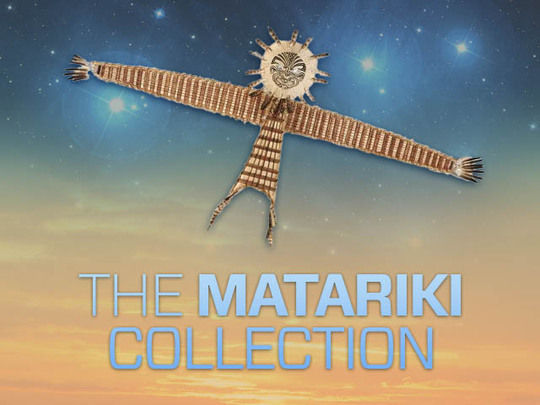
The Matariki Collection
A selection of iconic Māori TV, film and music video for...
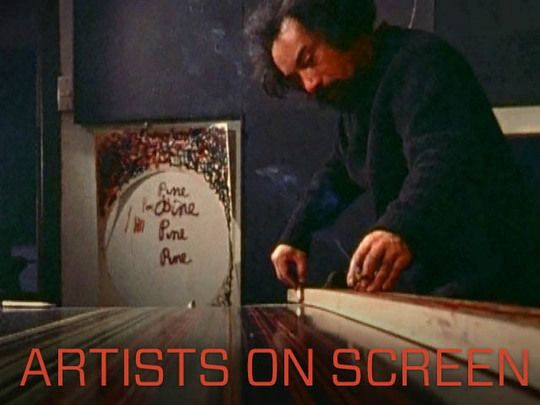
Artists on Screen Collection
For this screen showcase of visual arts talent, critic...
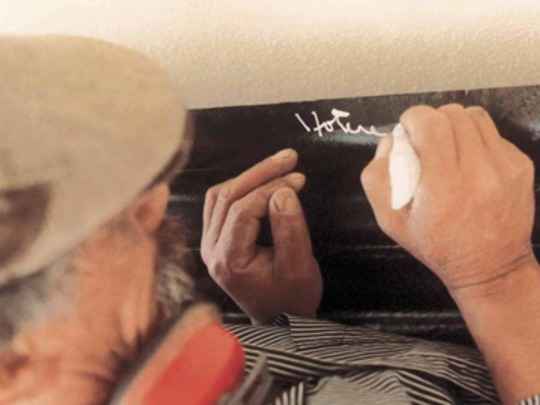
Hotere
A later documentary about Ralph Hotere
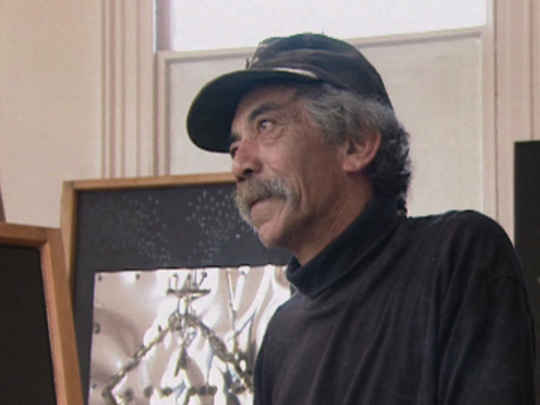
Heartland - Port Chalmers
Ralph Hotere talks to Heartland
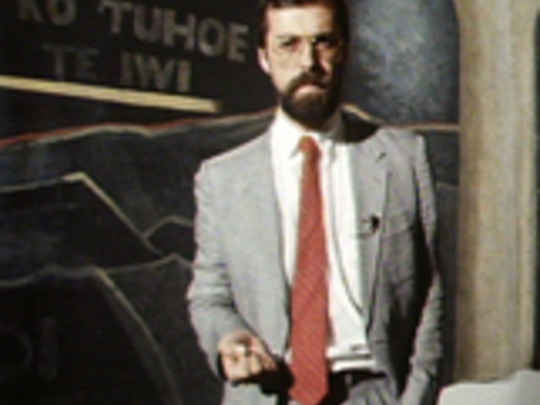
Kaleidoscope - Attitudes Towards Landscape
Hotere is featured in this series looking at landscape...
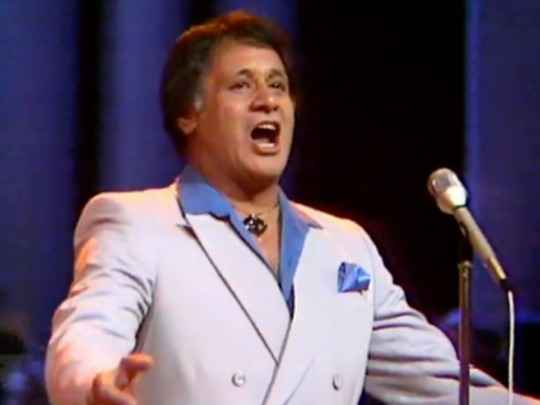
Howard Morrison Special - Hamilton
A 1982 Howard Morrison performance at Founders Theatre
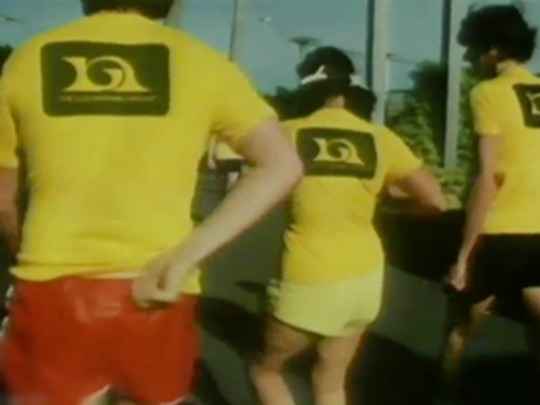
The Greatest Run on Earth
Another NFU doco directed by Pillsbury
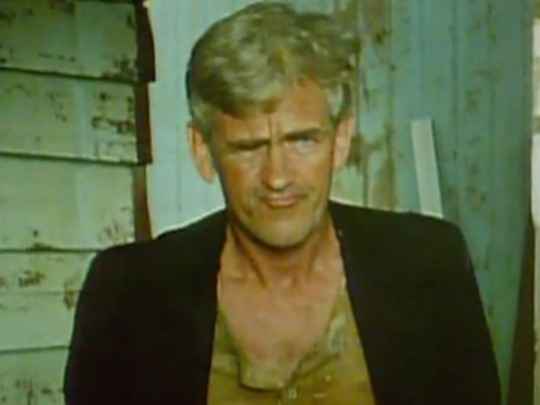
The Scarecrow
Sam Pillsbury's first feature
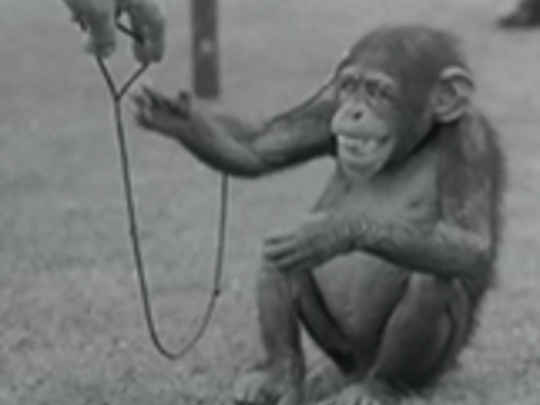
Pictorial Parade No. 55
Features another NZ artist with a far north connection
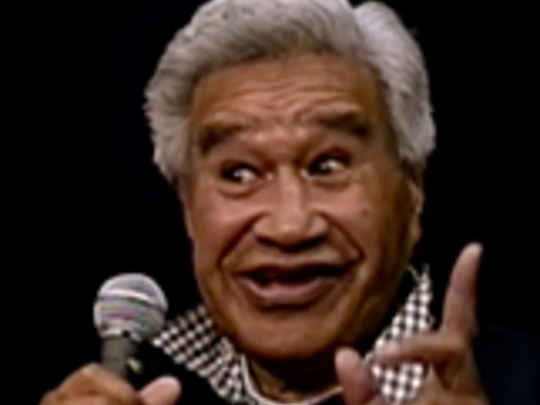
Hone Tuwhare - The Return Home
A doco on Hone Tuwhare’s Hokianga homecoming
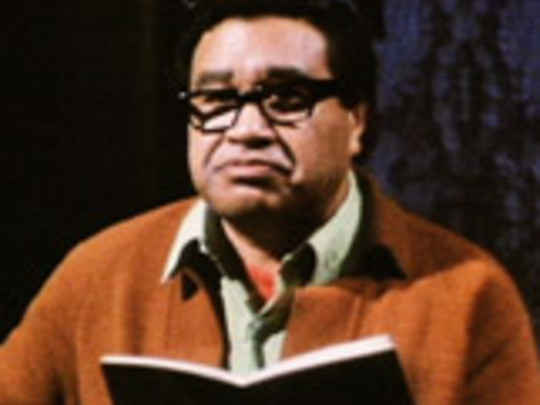
Review - Hone Tuwhare
A 1975 interview with poet Hone Tuwhare
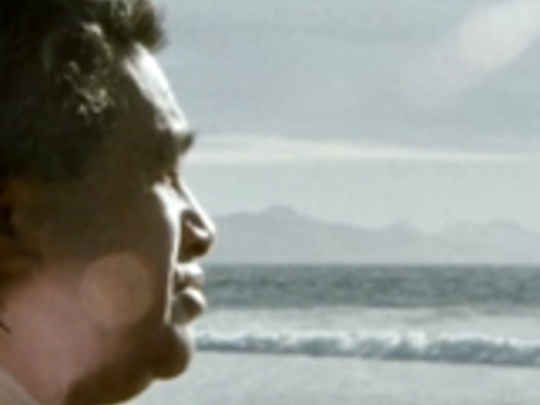
Koha - Hone Tuwhare
Poet Hone Tuwhare reflects on life and influences
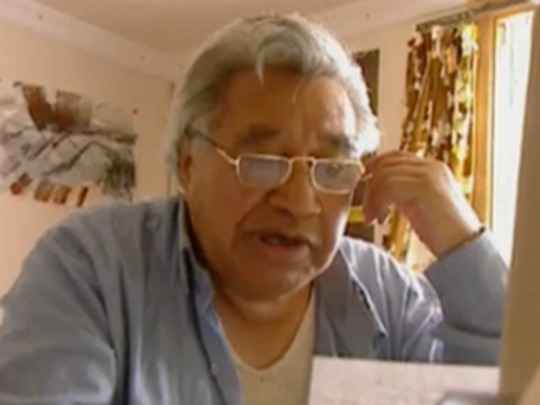
Hone Tuwhare
1996 Gaylene Preston-directed doco on Hone Tuwhare
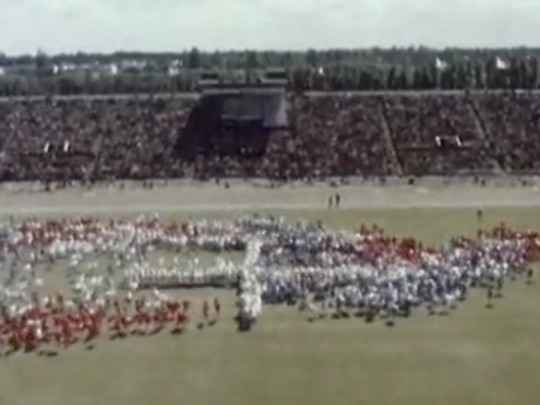
Games 74
Sam Pillsbury was one of the directors for the 1974 NFU...
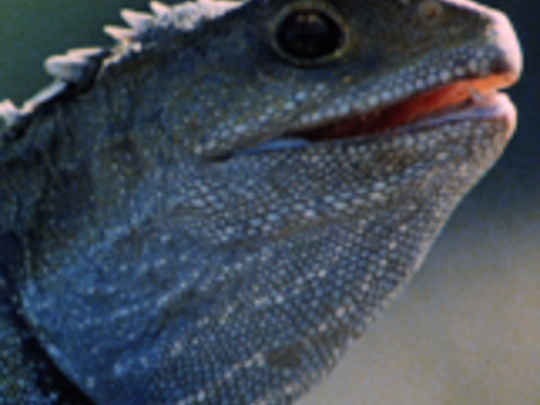
Primeval Survivors
More music from Jack Body
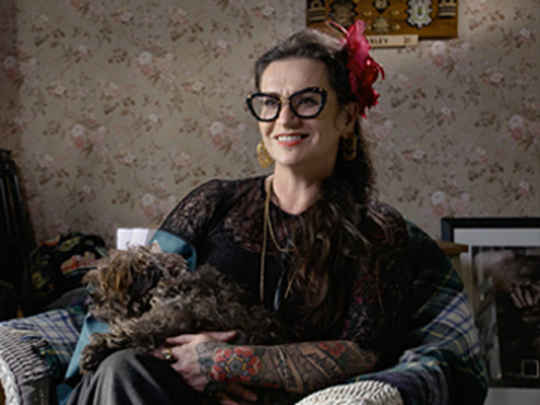
Ngā Ringa Toi o Tahu
Web series about Ngāi Tahu artists
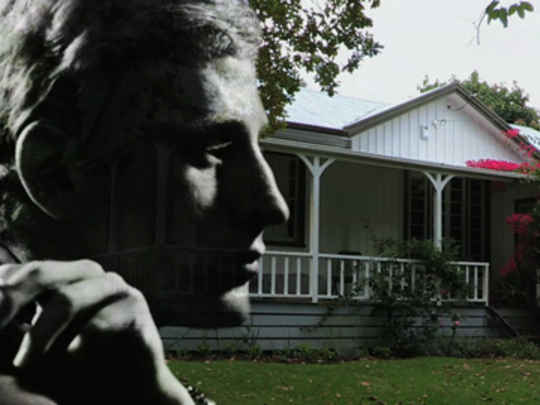
Tom Who? The Enigma of Tom Kreisler
Documentary about a Kiwi artist
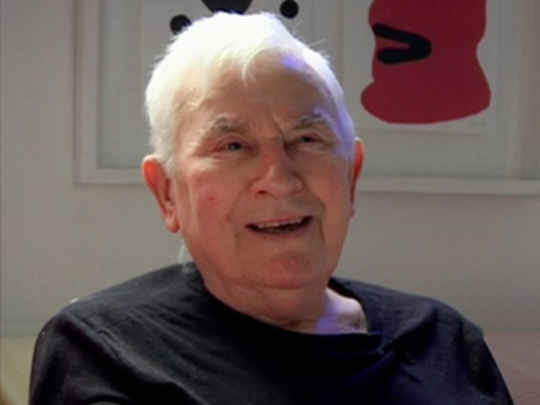
Gordon Crook: A Life of Art
Also features artist Gordon Crook
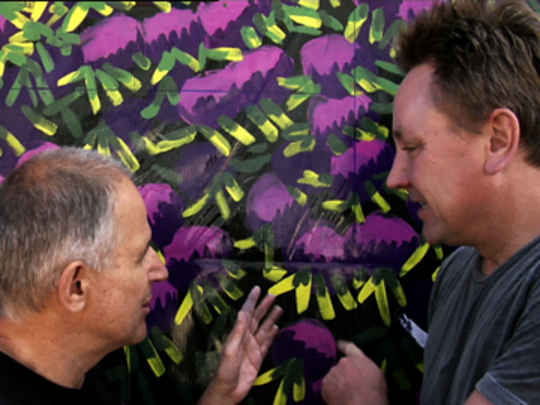
New Artland - Karl Maughan (Series Two, Episode Four)
Documentary on the making of another mural
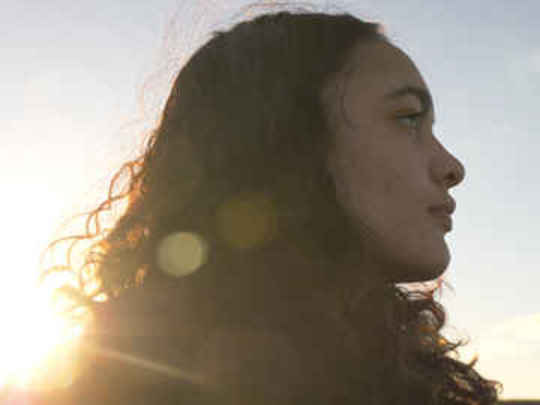
Loading Docs 2021 - Wind Song and Rain
Short documentary about poet Hone Tuwhare's family
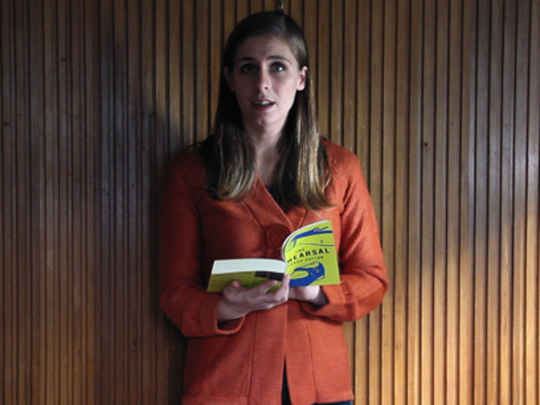
13 Ways of Looking at a Blackbird
Bill Manhire also features in this
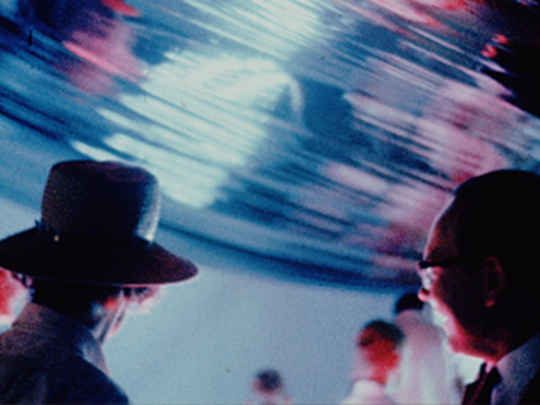
A Film of Real Time: A Light-Sound Environment
Short film about Leon Narbey's art installation
Which size would you like?
Copy this code and paste it into your website.
<!-- Start NZ On Screen - Ralph Hotere - Badge -->
<a href="https://www.nzonscreen.com/title/ralph-hotere-1974" > <img src="https://www.nzonscreen.com/content/badges/ralph-hotere-1974.horizontal-badge.jpg" width="330" height="90" alt="Ralph Hotere" /></a>
Which clip would you like to embed?
Start clip at:
eg. 1m7s
At end of clip:
Would you like the clip to be a fixed size or responsive?
Copy this code and paste it into your website.
<!-- Start NZ On Screen -
Ralph Hotere
- Clip: Ralph Hotere (clip 1)
Size:
585
by
410
-->
<iframe width="585"
height="410"
style="width: 585px"
src="https://www.nzonscreen.com/embed/d91b0a7c8ca0c0ec" frameborder="0" allowfullscreen ></iframe>
<!-- End NZ On Screen -
Ralph Hotere
- Clip: Ralph Hotere (clip 1)
-->
<!-- Start NZ On Screen -
Ralph Hotere
- Clip: Ralph Hotere (clip 2)
Size:
585
by
410
-->
<iframe width="585"
height="410"
style="width: 585px"
src="https://www.nzonscreen.com/embed/381ca273a725c367" frameborder="0" allowfullscreen ></iframe>
<!-- End NZ On Screen -
Ralph Hotere
- Clip: Ralph Hotere (clip 2)
-->
<!-- Start NZ On Screen -
Ralph Hotere
- Clip: Ralph Hotere (clip 3)
Size:
585
by
410
-->
<iframe width="585"
height="410"
style="width: 585px"
src="https://www.nzonscreen.com/embed/add823ddd4745c5a" frameborder="0" allowfullscreen ></iframe>
<!-- End NZ On Screen -
Ralph Hotere
- Clip: Ralph Hotere (clip 3)
-->
<!-- Start NZ On Screen -
Ralph Hotere
- Clip: Ralph Hotere (credits)
Size:
585
by
410
-->
<iframe width="585"
height="410"
style="width: 585px"
src="https://www.nzonscreen.com/embed/e84f9231841c913a" frameborder="0" allowfullscreen ></iframe>
<!-- End NZ On Screen -
Ralph Hotere
- Clip: Ralph Hotere (credits)
-->